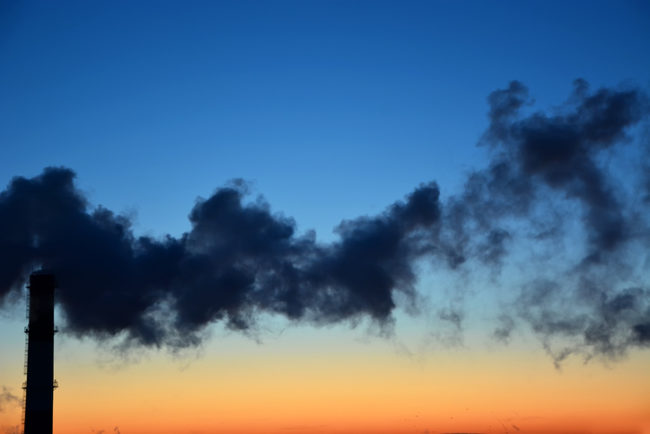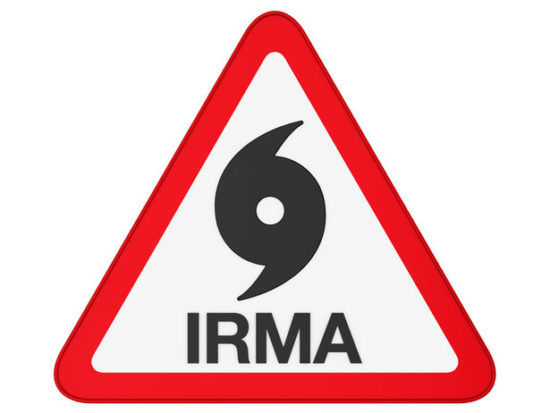The Illinois Environmental Protection Agency has announced new rule proposals for sulfur dioxide and nitrogen oxide emissions from coal plants. The proposed amendments to the state’s Multi-Pollutant Strategy would limit sulfur dioxide emissions to 55,000 tons per year and limit nitrogen oxide emissions to 25,000 tons per year.
The Multi-Pollutant Standard, or “MPS,” was originally negotiated between power companies and Illinois in 2006. Under the MPS, the power companies agreed to install pollution control equipment for sulfur dioxide, mercury and nitrogen oxide by certain deadlines. …
Continue Reading









